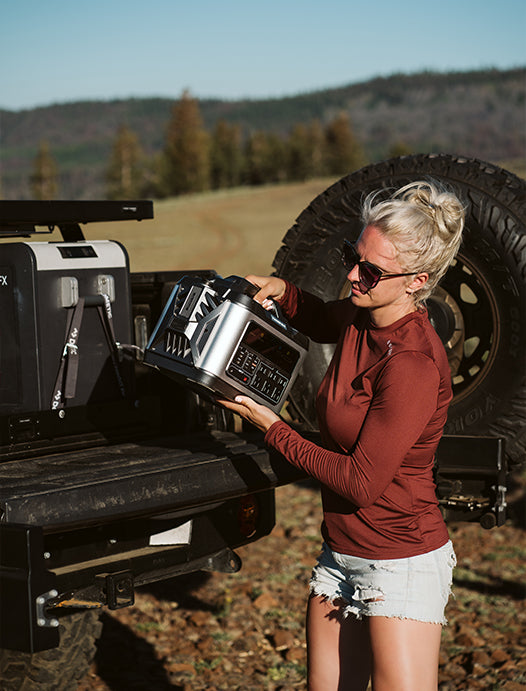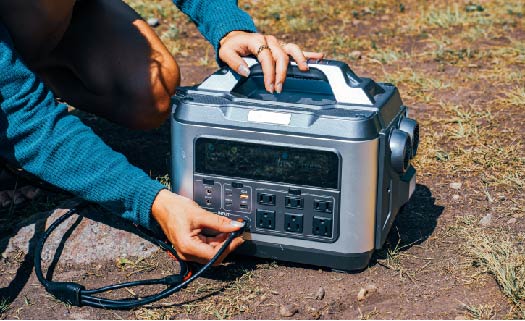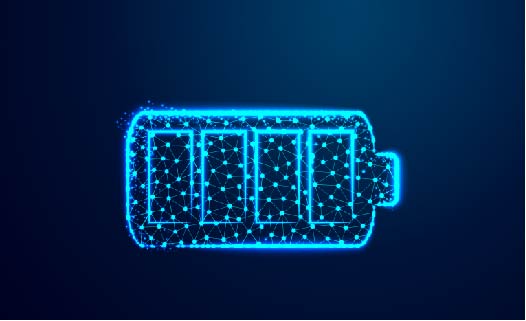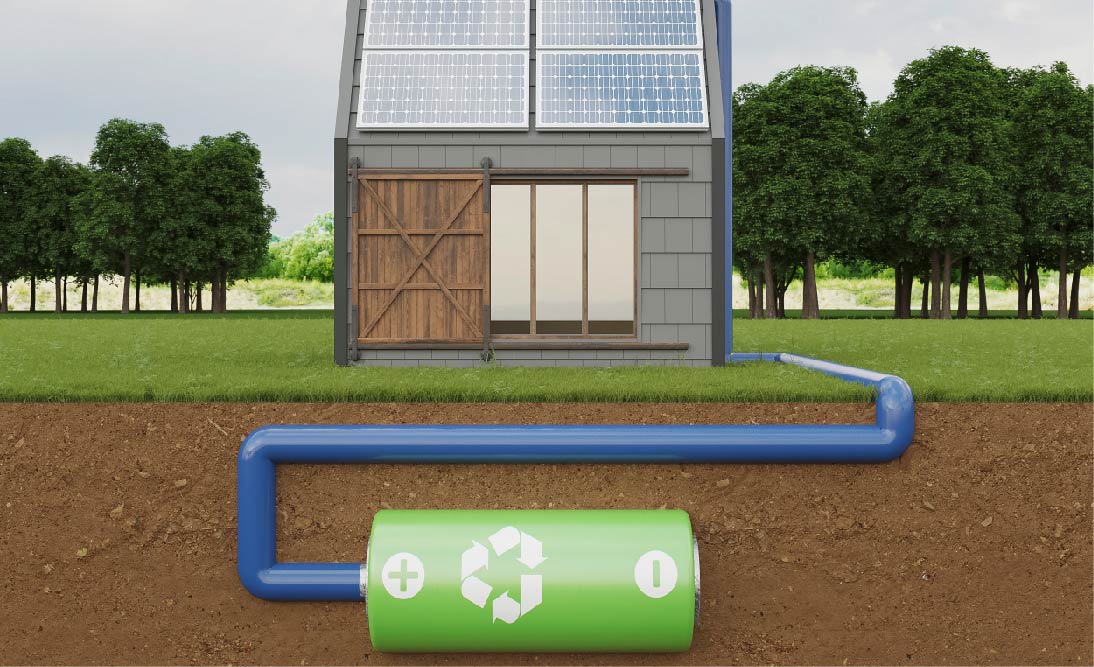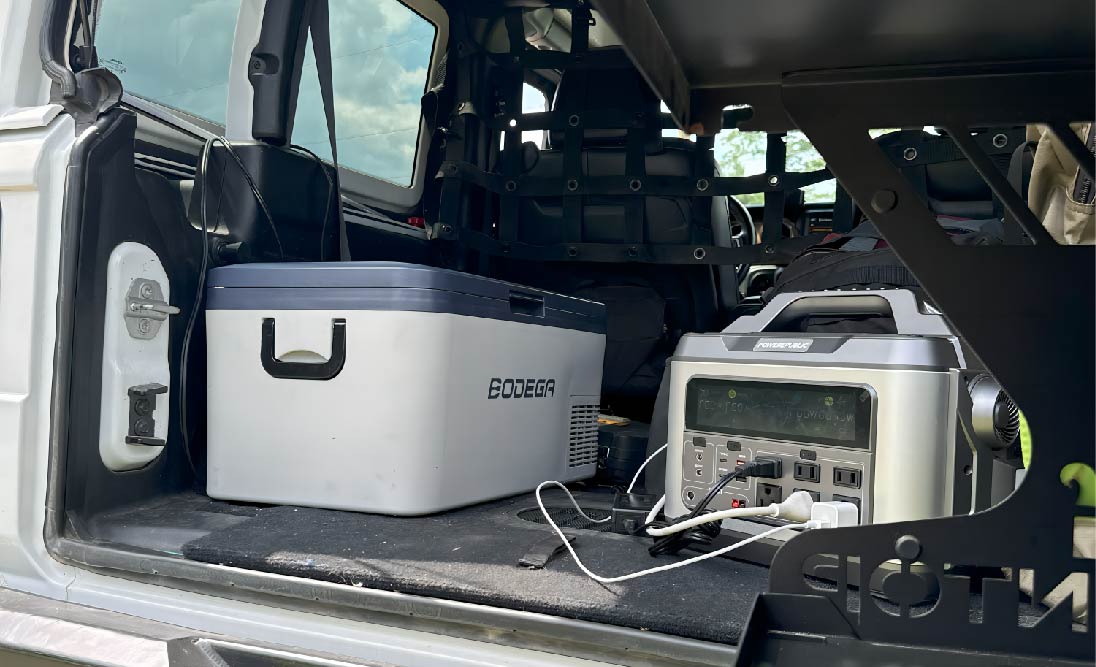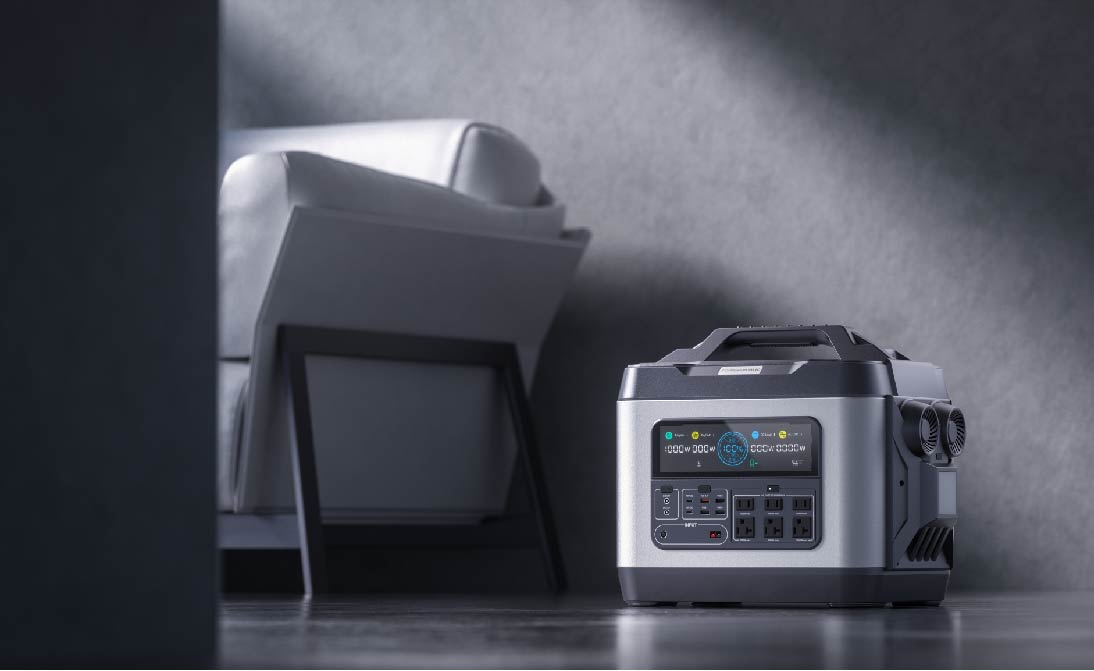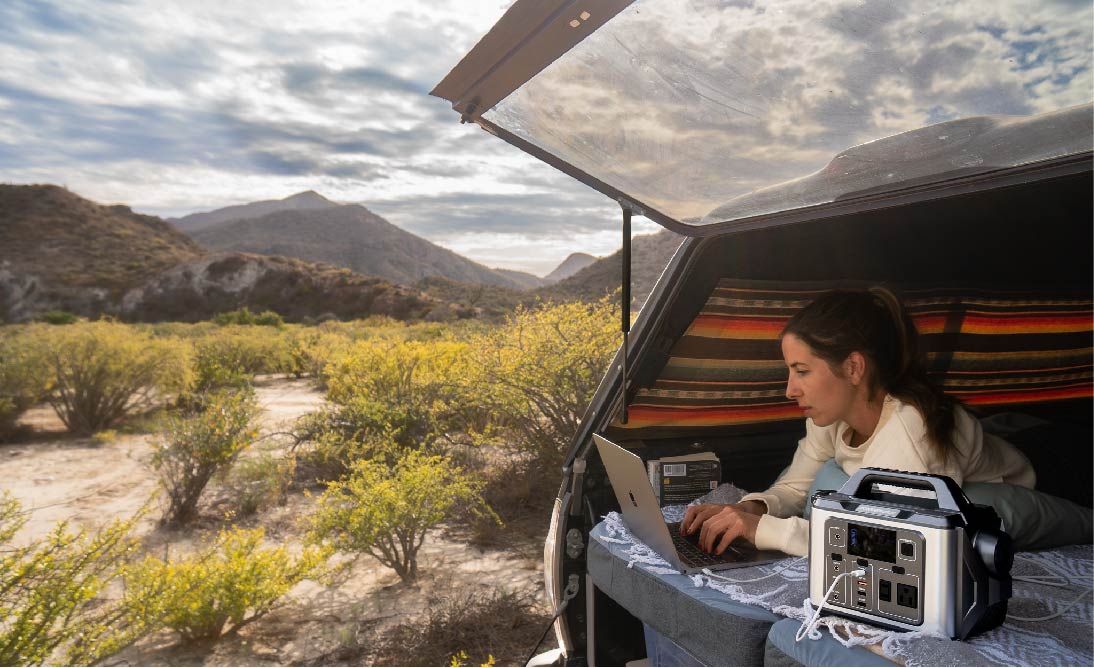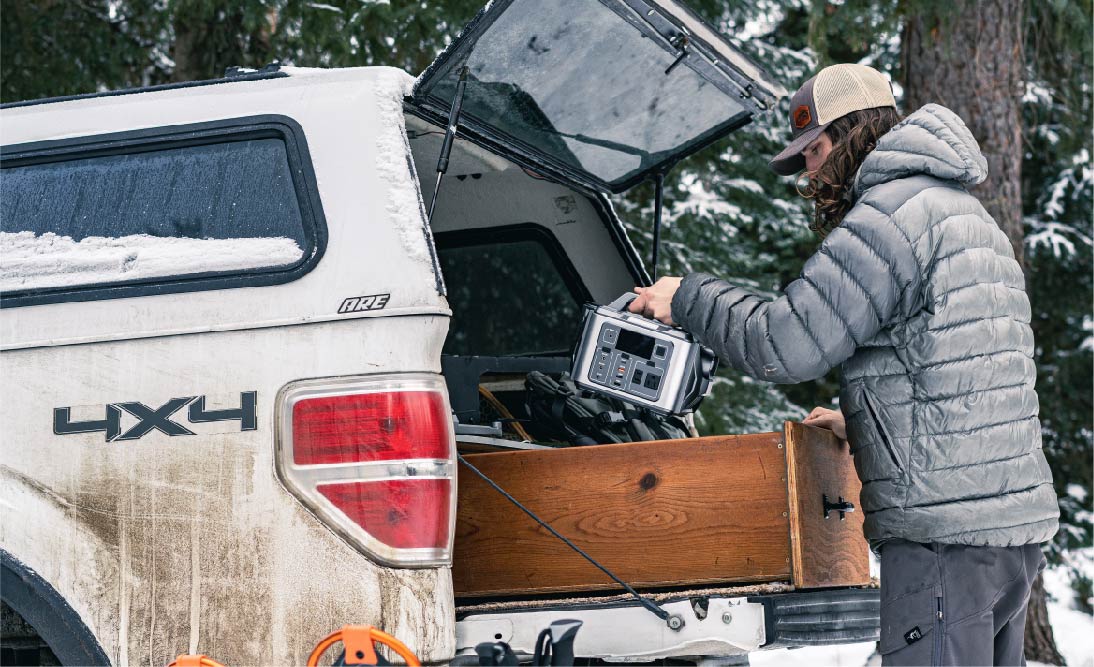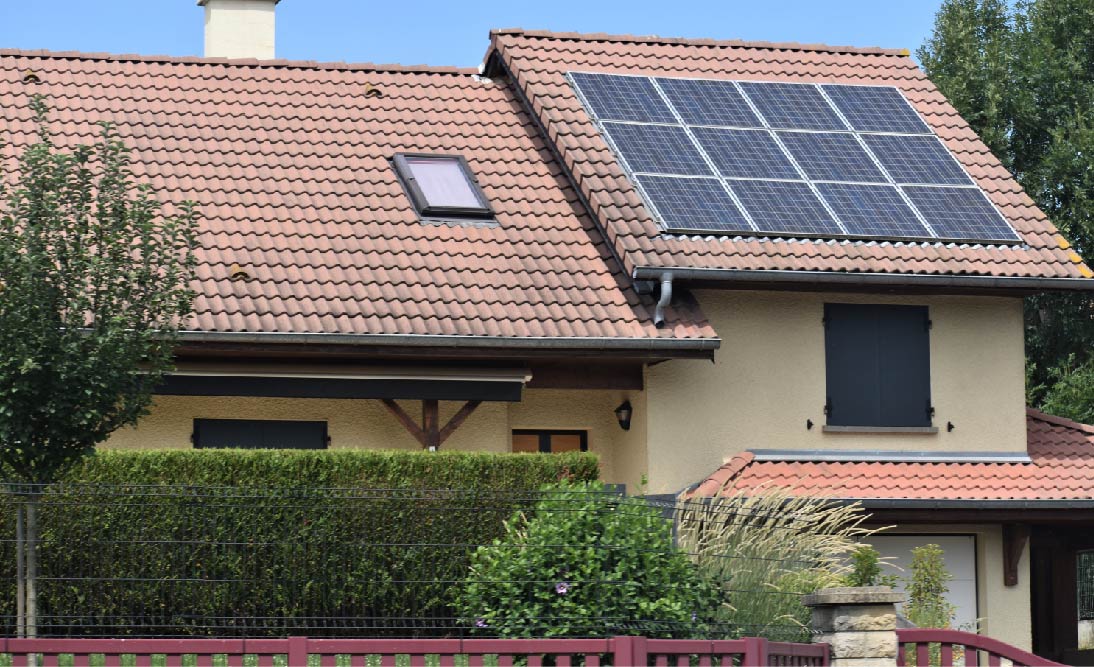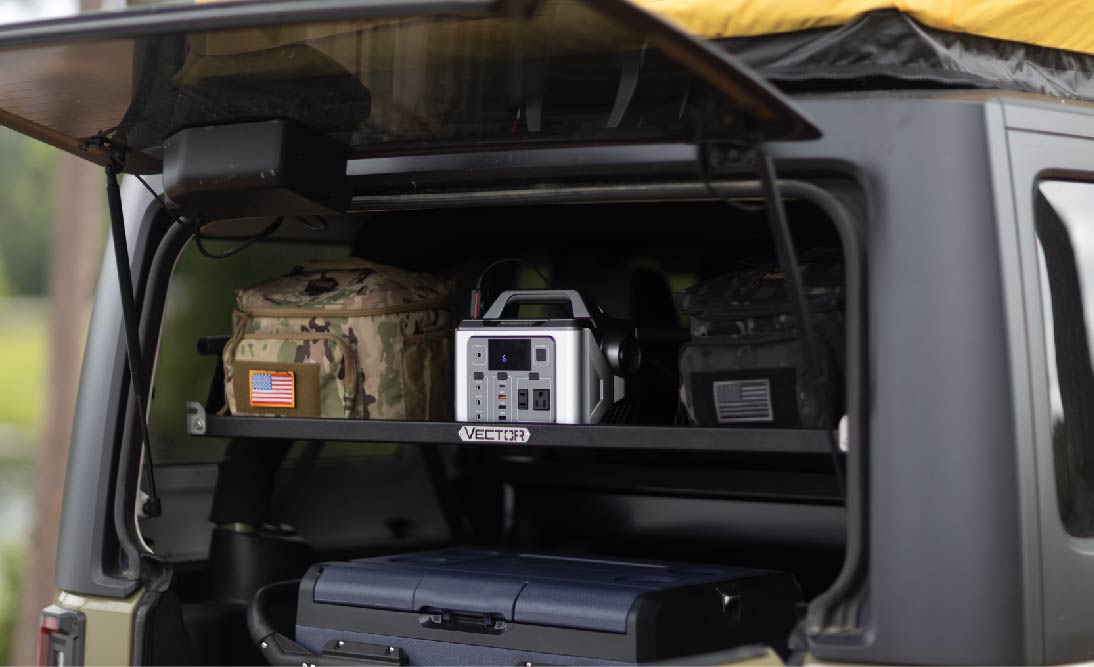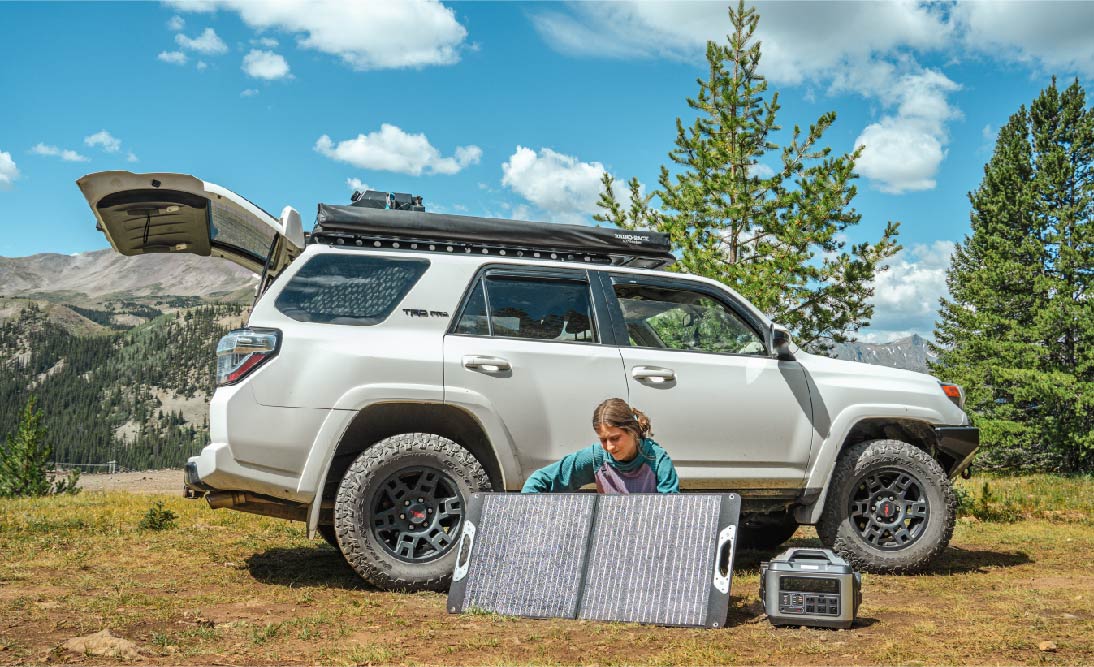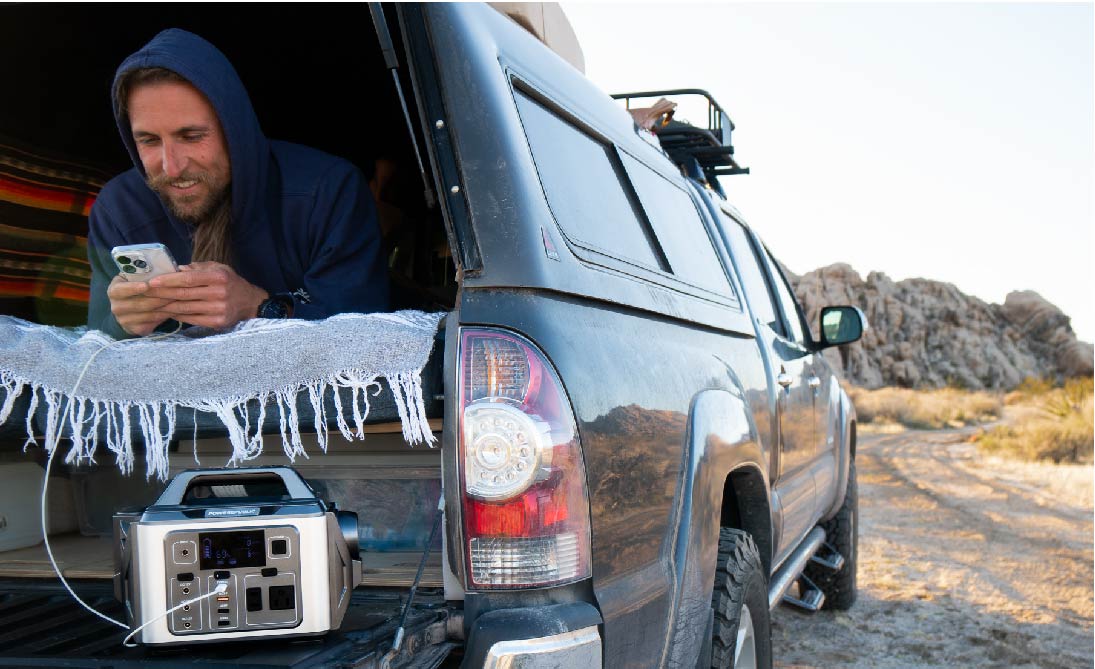When it comes to power, it's crucial to know the difference between starting watts and running watts. This knowledge is vital whether you're dealing with portable power stations, solar generator kits, appliances, or electrical systems. Understanding these two measures will help you make smart choices about power needs and prevent electrical problems.
In this article, we'll explore the definitions, uses, and importance of starting watts and running watts.
How to Calculate Total Running and Starting Watts Requirements
Starting Watts, also known as surge watts, is like a quick burst of power that electric gadgets or machines need to kick-start. It's kind of like when you jump out of bed in the morning. This power surge only lasts a few seconds before settling down to a lower, steady level. Devices with motors, such as fridges, air conditioners, or power tools, often need this extra power at the beginning because they have to overcome their initial sluggishness to start working.
Running Watts is what we need when things are running smoothly. Think of it as the energy you use when you're walking or doing your daily activities. Once a device is up and running, it doesn't need as much power as it did to start. This is the power it needs to keep going over time.
To sum it up, surge watts are like a quick energy boost for a few seconds when starting a device, while running watts are the steady, regular power needed to keep it going. Usually, you can find these numbers in the device's manual.
Now, different devices have different needs. Some gadgets don't need any extra surge power when starting, while others might need more than double their regular power to get going.
To figure out what portable power station or solar generator you need, follow these simple steps:
-
Check Appliance Wattage: First, see how much power your appliances need. Look at the labels on your gadgets to find the starting and running wattage. Usually, it's written on the back.
-
Volts/Amps to Watts: If you see volts or amps instead of watts, don't worry. You can convert them to watts using this formula: Volts (V) x Amps (A) = Watts (W).
-
Add Running Watts: Add up the running watts for all your devices. Make sure this total doesn't go over what your portable power station can handle. If it does, think about getting a more powerful one.
-
Find the Highest Starter: If you can, find the appliance that needs the most starting watts and add that to your running watts total.
-
Calculate Total Power: The final number is how much power your portable power station needs to provide. Remember, don't go past the limit to avoid overloading your station.
Starting and Running Watts of Some Household Appliances
|
Appliance/Device |
Rated (Running) Watts |
Starting Watts |
|
Toaster |
900 |
0 |
|
Vacuum |
1440 |
2500 |
|
Coffee Maker |
1000 |
0 |
|
Blender |
300 |
800 |
|
Clothing Iron |
1500 |
0 |
|
Dryer |
5400 |
7000 |
|
Toaster Oven |
1200 |
0 |
|
Curling Iron |
1500 |
0 |
|
Space Heater |
2000 |
0 |
|
Laptop |
50-300 |
0 |
|
20” Box Fan |
200 |
350 |
|
Dishwasher |
1300 |
1800 |
|
Washing Machine |
1200 |
2300 |
|
Refrigerator/Freezer |
700 |
2200 |
|
Light Bulb |
60-75 |
0 |
|
Microwave |
600-1000 |
0 |
|
TV |
500 |
0 |
Gas Generators and Solar Generators: What Are The Differences Considering The Starting Wattage?
When it comes to comparing gas generators and solar generators for starting wattage, there are some crucial factors to consider.
Gas Generators:

-
Starting Wattage: Gas generators can give a big burst of power to start heavy-duty appliances like air conditioners or fridges. Solar generators usually can't handle such high starting wattage.
-
Fuel Dependency: Gas generators need a constant supply of gasoline or propane to keep running. You have to store and manage fuel, which can be a hassle.
-
Noise and Pollution: Gas generators can be noisy and release harmful fumes. This can be a problem if you use them in a quiet neighborhood or during outdoor adventures.
-
Maintenance: Gas generators need regular care, like oil changes and spark plug replacements, to stay in good shape and work smoothly. It's important to keep up with this maintenance.
So, while gas generators can handle heavy loads and give you power right away, they come with some downsides like noise, emissions, and maintenance.
Solar Generators:

-
Starting Wattage: Solar generators usually can't handle big surges of power like gas generators can. However, some modern solar generators have special features to provide a bit of extra power for certain things.
-
Renewable Energy: Solar generators use sunlight to make electricity. They're eco-friendly and don't make noise or emissions, which is good for the environment.
-
Sunlight Dependence: Solar generators need sunshine to recharge. If it's cloudy or shady, they might not work as well, so they depend on good weather.
-
Low Maintenance: Solar generators are easy to take care of. They don't have engines or moving parts that need a lot of attention. Sometimes, you just need to clean the solar panels to keep them working well.
In short, solar generators are clean and quiet but might not handle really big power needs. It's about picking the right one for your needs and values.
Surge Power Of POWEREPUBLIC Portable Power Stations
Starting Watts, which are sometimes called peak or surge watts, are like the extra power a device needs to kick-start. It's just a quick burst of energy to get things going.
Running Watts, on the other hand, are the steady power a device needs when it's working normally, like when you're watching TV or using a blender.
Now, let's talk about the POWEREPUBLIC T-Series Portable Power Stations. They come in different models, and each model has its own starting and running power.
-
T306: It can handle devices that need up to 300W of running power and a quick burst of up to 600W to start. It's lightweight and has lots of ports, making it great for powering your essentials when you're on the move.
-
T1200: This one can power bigger things like coffee machines or TVs. It can handle up to 1200W of running power and a quick burst of 2400W to start. It also has many ports to charge multiple devices at once.
-
T2200: This model is versatile and good for both outdoor adventures and home backup. It can handle devices that need up to 2200W of running power and a burst of 4500W to start. It has lots of ports to power heavy-duty tools.
-
T3000: The big one! T3000 can handle almost anything you throw at it. It has a running power of 3000W and can provide a quick burst of 6000W to start big appliances. It's perfect for home backup power to run all your household gadgets.
So, each of these POWEREPUBLIC models is designed for different needs and can handle devices within its running and starting power limits.
Final Wrap-Up
In summary, it's important to know the difference between starting and running watts when picking a portable power source like a solar generator or a gas generator. Starting watts are what you need to kick-start your gadgets while running watts are what keep them going.
Gas generators are good at giving you that initial power boost when you start things up. They're dependable and handle sudden power needs well. But they need fuel, make noise, produce emissions, and need regular maintenance.
Solar generators, on the other hand, don't give as much power right at the start. They're better at providing a steady stream of energy and are great for a consistent power supply. They run on sunlight, need less upkeep, and are eco-friendly. However, they might not work as well on cloudy days or in the shade.
If you've got power-hungry devices that need a big kick-to-start, go for a gas generator. If you want clean energy and don't want to fuss with maintenance, choose a solar generator. Knowing the difference between starting and running watts helps you make the right choice for your needs.
